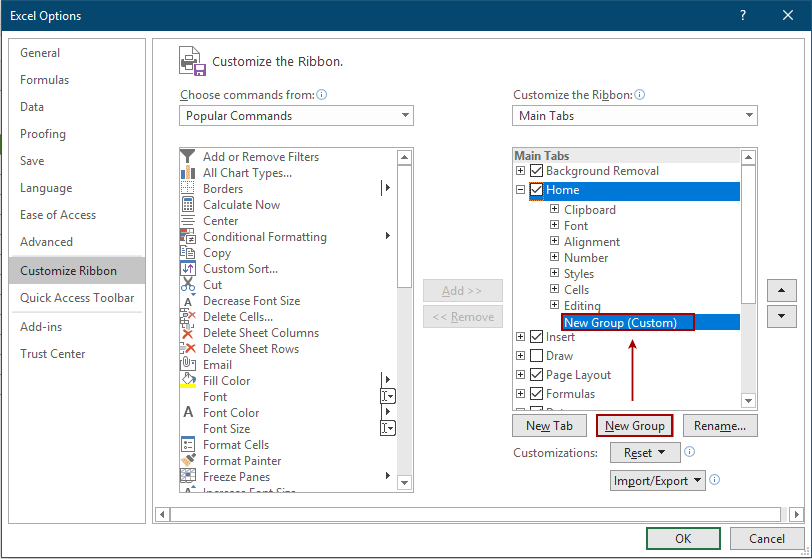

- MAKE A SUBSCRIPT IN EXCEL FOR MAC AXIS HOW TO
- MAKE A SUBSCRIPT IN EXCEL FOR MAC AXIS UPDATE
- MAKE A SUBSCRIPT IN EXCEL FOR MAC AXIS SERIES
Choose a style that supports different colors and shading. You need to select all the cells or columns. MAKE A SUBSCRIPT IN EXCEL FOR MAC AXIS HOW TO
If you want to add color to alternate rows and columns, here’s how to do it:

Just a bit of color can make all the difference in a table.
Scroll and choose the color and chart style you like. Once you click on it, you’ll see the “Style” and “Color” options for your chart. The “Chart Styles” option is located on the upper right corner. Bring the cursor to the chart where you want to change the color. If your table is black and white and in need of some color to make it more impactful, here’s how to add it: Make a copy of my cheat sheet and save it in your own Google Drive. Click here to access the sheet that has the subscript and superscripts (you will have to make a copy to use it) Here’s how you can use the codes in the Sheet. Here, you can choose among different numbering formats.įor people working with charts all the time, it’s pivotal to mark them clearly, and sometimes the best way to do it is to use color. All you need to do is make a copy of this, save it on your own Google Drive and use the codes whenever required. Go to the “Axis Options”, click on “Number” and select “Number” from the dropdown selection under Category. Open the “Format” tab and select “Format Selection.”. When you’re ready to format numbers, follow these steps: Click on “Home” toolbar and click on the formatting options you’d like to apply. Click on the axis that you want to customize. Microsoft Excel allows you to format text and numbers in the category axis. If you go to “Format,” “Format Axis,” and “Text Options,” you can choose for the text to be aligned vertically, horizontally, or to have a customized angle. When you open the “Format” tab, click on the “Format Selection” and click on the axis you want to change. Click on the “Chart Tools” and then “Design” and “Format” tabs. Bring your cursor to the chart and click anywhere. Additionally, you can also decide on the amount of space between the levels of labels. In a situation where you have multiple categories in your chart, there’s an option that helps you align labels on all levels. Change the Alignment and Orientation of Labels With fewer marks and using bigger and smaller labels, your table will have a clearer structure, and your team will be able to use it without any issues. Adjusting the way they’re on display will remove any clutter or unnecessary information. Right-click on one section of the secondary chart, click Format Data Point…, click Fill, then click No Fill from the color drop down.Whenever you create a chart, you’ll notice that all marks and labels are there by default. MAKE A SUBSCRIPT IN EXCEL FOR MAC AXIS SERIES
To do this easily, enter data into Excel but combine the desired numerical values into a single row and name the categorical value “other.”Įnter data into Excel with the desired numerical values at the end of the list.ĭouble-click the primary chart to open the Format Data Series window.Ĭlick Options and adjust the value for Second plot contains the last to match the number of categories you want in the “other” category. There are two ways to combine a number of small categories into one “other” category.
MAKE A SUBSCRIPT IN EXCEL FOR MAC AXIS UPDATE
smallest to largest), sort the original data using Excel’s sorting tool, and the chart will automatically update group the chart slices by size.Ĭombining Small Slices into an “Other” Category If you want to position the slices based on size (e.g.

You can create new categories, sort how the slices appear, and add WordArt. There are a variety of ways to customize a pie chart.
WorkApps Package your entire business program or project into a WorkApp in minutes. Digital asset management Manage and distribute assets, and see how they perform. 
Resource management Find the best project team and forecast resourcing needs. Intelligent workflows Automate business processes across systems. Governance & administration Configure and manage global controls and settings. Streamlined business apps Build easy-to-navigate business apps in minutes. Integrations Work smarter and more efficiently by sharing information across platforms. Secure request management Streamline requests, process ticketing, and more. Process management at scale Deliver consistent projects and processes at scale. Content management Organize, manage, and review content production. Workflow automation Quickly automate repetitive tasks and processes. Team collaboration Connect everyone on one collaborative platform. Smartsheet platform Learn how the Smartsheet platform for dynamic work offers a robust set of capabilities to empower everyone to manage projects, automate workflows, and rapidly build solutions at scale.








 0 kommentar(er)
0 kommentar(er)
